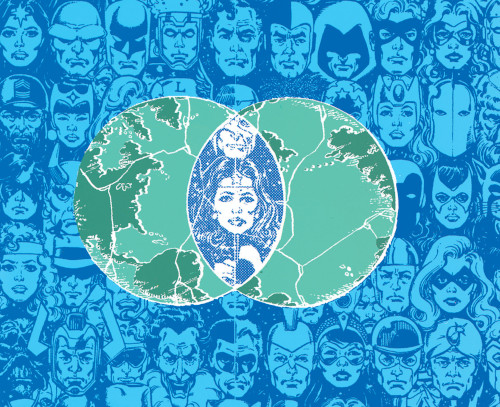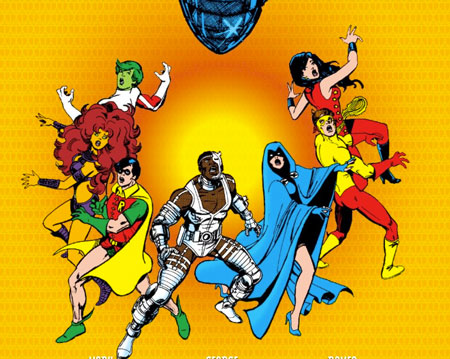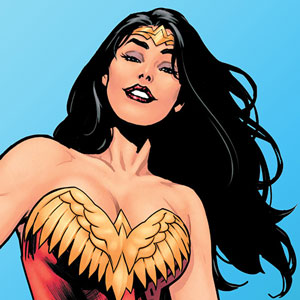
Crisis on Infinite Earths was an attempt by Marv Wolfman and George Perez to clean up DC Comics continuity and make the publisher’s line more reader-friendly. The story showed the Anti-Monitor trying to eliminate all of the many versions of Earth that had appeared in DC stories, and the few surviving Earths ended up merged into one. Numerous characters didn’t make it through the story alive; characters whose original, defunct publishers had been absorbed by DC now found themselves to be native to Earth-1. Tim, on a drive to understand more about the DC Comics he passed by in his youth, is joined by longtime DC reader Professor Alan to look at why this event happened, why it still matters, and what it reveals about the difference between DC and Marvel.
Brought to you by:
Podcast: Play in new window | Download


